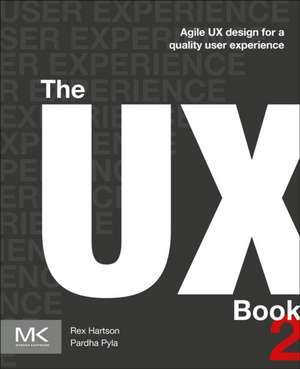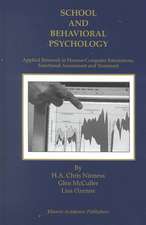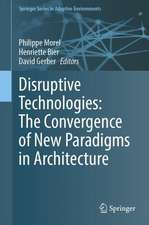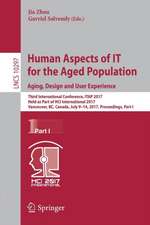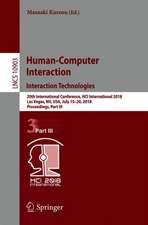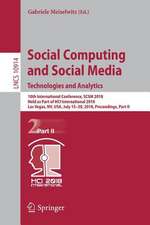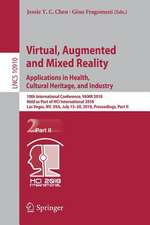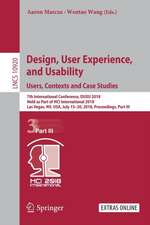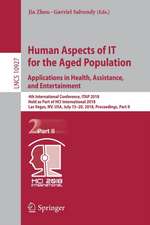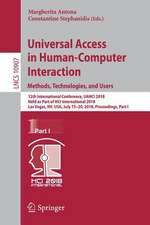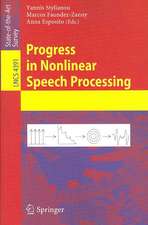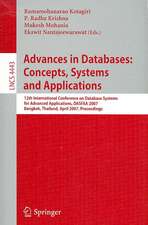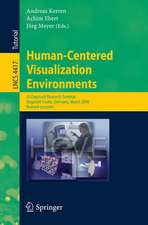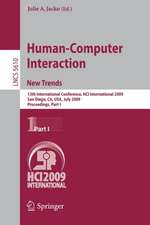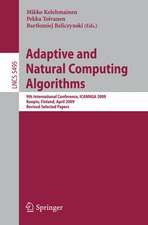The UX Book: Agile UX Design for a Quality User Experience
Autor Rex Hartson, Pardha S. Pylaen Limba Engleză Paperback – 16 ian 2019
One of the major positive trends in UX is the continued emphasis on design—a kind of design that highlights the designer’s creative skills and insights and embodies a synthesis of technology with usability, usefulness, aesthetics, and meaningfulness to the user. In this edition a new conceptual top-down design framework is introduced to help readers with this evolution.
This entire edition is oriented toward an agile UX lifecycle process, explained in the funnel model of agile UX, as a better match to the now de facto standard agile approach to software engineering. To reflect these trends, even the subtitle of the book is changed to “Agile UX design for a quality user experience.
Designed as a how-to-do-it handbook and field guide for UX professionals and a textbook for aspiring students, the book is accompanied by in-class exercises and team projects.
The approach is practical rather than formal or theoretical. The primary goal is still to imbue an understanding of what a good user experience is and how to achieve it. To better serve this, processes, methods, and techniques are introduced early to establish process-related concepts as context for discussion in later chapters.
- Winner of a 2020 Textbook Excellence Award (College) (Texty) from the Textbook and Academic Authors Association
- A comprehensive textbook for UX/HCI/Interaction Design students readymade for the classroom, complete with instructors’ manual, dedicated web site, sample syllabus, examples, exercises, and lecture slides
- Features HCI theory, process, practice, and a host of real world stories and contributions from industry luminaries to prepare students for working in the field
- The only HCI textbook to cover agile methodology, design approaches, and a full, modern suite of classroom material (stemming from tried and tested classroom use by the authors)
Preț: 410.30 lei
Preț vechi: 613.39 lei
-33% Nou
78.54€ • 85.34$ • 66.01£
Carte disponibilă
Livrare economică 25 martie-08 aprilie
Livrare express 15-21 martie pentru 163.60 lei
Specificații
ISBN-10: 0128053429
Pagini: 916
Dimensiuni: 191 x 235 x 49 mm
Greutate: 1.85 kg
Ediția:2
Editura: ELSEVIER SCIENCE
Public țintă
Graduate and undergraduate students in user experience and UX design courses, UX practitioners, software engineers, programmers, and software testers.Cuprins
PART 1. INTRODUCTION 1. What is UX and UX design? 2. The Wheel: UX processes, lifecycles, methods, and technique 3. Scope, rigor, complexity, and project perspectives 4. Agile lifecycle processes and the Funnel Model of Agile UX 5. Prelude to the process chapters 6. Background: Introduction
PART 2. UNDERSTAND NEEDS 7. Usage research data elicitation 8. Usage research data analysis 9. Usage research data modeling 10. UX design requirements: User stories and requirements 11. Background: Understand Needs
PART 3. DESIGN SOLUTIONS 12. The nature of UX design 13. Bottom-up vs. top-down design 14. Generative design: Ideation, sketching, and critiquing 15. Mental models and conceptual design 16. Designing the ecology and a pervasive information architecture 17. Designing the interaction 18. Designing for emotional impact 19. Background: Design
PART 4. PROTOTYPE CANDIDATES 20. Prototyping
PART 5. EVALUATE UX 21. UX evaluation methods and techniques 22. UX evaluation: UX goals, metrics, and targets 23. Preparation for empirical UX evaluation 24. Empirical data collection methods and techniques 25. Analytical data collection methods and techniques 26. UX Evaluation: Data analysis 27. UX evaluation: Reporting results 28. Background: UX evaluation
PART 6. AGILE UX AND CONNECTIONS TO AGILE SE 29. Connecting agile UX with agile software development 30. Background: Agile connections
PART 7. AFFORDANCES AND DESIGN GUIDELINES 31. Affordances in UX design 32. The interaction cycle 33. UX design guidelines 34. Background: Affordances and UX design principles
Descriere
The discipline of user experience (UX) design has matured into a confident practice and this edition reflects, and in some areas accelerates, that evolution. Technically this is the second edition of The UX Book, but so much of it is new, it is more like a sequel.
One of the major positive trends in UX is the continued emphasis on design—a kind of design that highlights the designer’s creative skills and insights and embodies a synthesis of technology with usability, usefulness, aesthetics, and meaningfulness to the user. In this edition a new conceptual top-down design framework is introduced to help readers with this evolution.
This entire edition is oriented toward an agile UX lifecycle process, explained in the funnel model of agile UX, as a better match to the now de facto standard agile approach to software engineering. To reflect these trends, even the subtitle of the book is changed to “Agile UX design for a quality user experience.
Designed as a how-to-do-it handbook and field guide for UX professionals and a textbook for aspiring students, the book is accompanied by in-class exercises and team projects.
The approach is practical rather than formal or theoretical. The primary goal is still to imbue an understanding of what a good user experience is and how to achieve it. To better serve this, processes, methods, and techniques are introduced early to establish process-related concepts as context for discussion in later chapters.
- Winner of a 2020 Textbook Excellence Award (College) (Texty) from the Textbook and Academic Authors Association
- A comprehensive textbook for UX/HCI/Interaction Design students readymade for the classroom, complete with instructors’ manual, dedicated web site, sample syllabus, examples, exercises, and lecture slides
- Features HCI theory, process, practice, and a host of real world stories and contributions from industry luminaries to prepare students for working in the field
- The only HCI textbook to cover agile methodology, design approaches, and a full, modern suite of classroom material (stemming from tried and tested classroom use by the authors)
